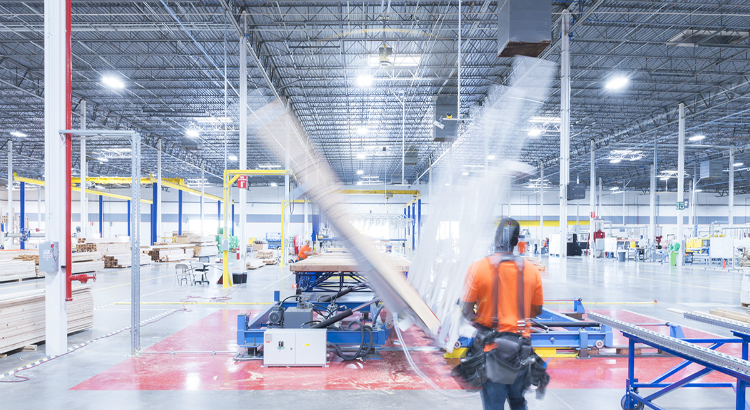This week’s purchase of Lord Aeck Sargent by Silicon Valley tech startup Katerra Inc. isn’t likely to have a significant impact on the Kendeda Building for Innovative Sustainable Design — if only because the Kendeda Building already has been designed.
But Katerra’s consolidation of the Atlanta-based architectural firm could portend longterm disruptions in the design, construction and building materials industries. The Menlo Park, Calif., startup made waves in January when it announced an $865 million round of financing from the SoftBank Vision Fund, a well-known backer of several industry-changing startups. That came on top of more than $200 million dollars in earlier funding.
The company’s vision is an updated version of one that has eluded the building industry for decades: To integrate design, construction and prefabrication in a way that speeds up project completion and lowers costs without sacrificing customization and quality. Katerra’s leadership is trying to do that via a “systems approach,” with a heavy emphasis on the “end-to-end” the supply chain and the use of sustainable mass timber.
Not surprisingly, its top executives are drawn from the high-tech and venture capital fields. Chairman Michael Marks is a veteran executive at private equity firms and the former CEO of Flextronics, a large electronics company. Other leaders have backgrounds in manufacturing and logistics, but not necessarily related to building materials.
“It always takes a company from outside to come into the industry to recognize things could be done differently and to do them differently,” Marks says in a promotional video (see below). “We’ve assembled a group of people that are used to operating in a very different environment with very different disciplines. By bringing those skill sets into this industry, we can do very great things.”
But upper managers also include established professionals from inside the design and construction industries. The company’s president for architecture is Craig Curtis, a former partner at The Miller Hull Partnership. Miller Hull is a Seattle firm that teamed up with LAS on the design of the Kendeda Building. At Miller Hull, Curtis oversaw the design team on the Bullitt Center, which was the first commercial office building to attain Living Building Challenge certification.
The effort to integrate materials, design and construction is partly an environmental play. Advocates for prefabrication have long argued, for example, that controlled factory-assembly of wall panels, trusses and other building parts is more energy efficient and results in less waste. Katerra says on its website that it’s at work on “a total energy solution for residential, commercial, and industrial buildings, fully integrating solar energy creation, storage, and distribution.”
In addition, the bulk of building products manufactured in Katerra’s Spokane, Wash., and Phoenix factories are wood, which has the lowest full-cycle carbon costs of any conventional structural material. Among those products are components that are trendy for Living Buildings and other deep green projects, such as glue-laminated structural beams, cross-laminated panels and roof-truss assemblies.
Not coincidentally, just last week, Katerra purchased Michael Green Architecture, a Vancouver firm may be the leading designer of mass-timber buildings in North America. LAS, which has six offices and more than 160 design professionals, has established its own reputation in sustainable architecture — capped, in fact, by its work with Miller Hull on the Kendeda Building at Georgia Tech.
It’s not clear whether Katerra’s manufacturing capabilities will be much of a factor in the near term for Lord Aeck Sargent. The two factories are far from LAS’ home territory in the Southeast. And Katerra stresses that its units will continue to seek segments of business, such as design work — not just “end-to-end” projects that incorporate design, material fabrication and construction.
But the strategy of acquiring two architecture firms, with offices in 11 cities between them, is a clear signal that the company is using all that venture capital to vertically integrate various segments of the building industry.
“By aligning ourselves with a company that is disrupting the design and construction industry, Lord Aeck Sargent will help deliver high-quality design to more people throughout a broader geographic range,” LAS president Joe Greco said in a press release. “We look forward to breaking new ground with a company that is poised to transform and optimize the industry.”
Marks, the chairman and co-founder said: “Lord Aeck Sargent will play an integral role in cementing our position as a leader in design. Along with Michael Green Architecture … the addition of LAS more than doubles Katerra’s current design staff. It boldly expands Katerra’s level and depth of design expertise, focus on innovation, and sustainability efforts.”
Here’s that Katerra promotional video:
Photo at top of story: Katerra prefabricates building components at its factories in Phoenix and Spokane. Photo courtesy Katerra Inc.


